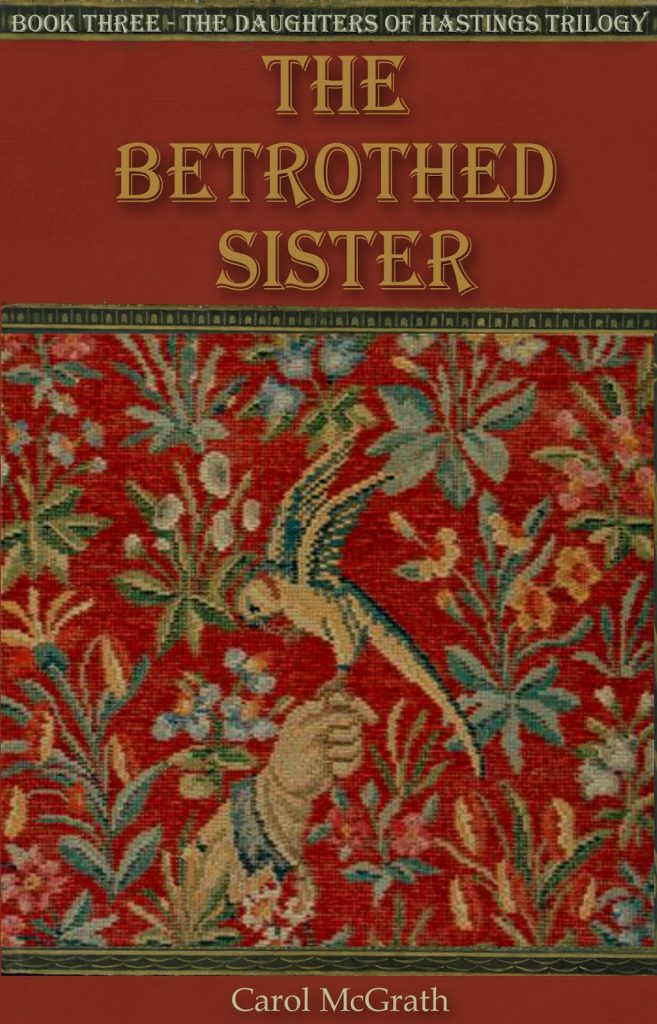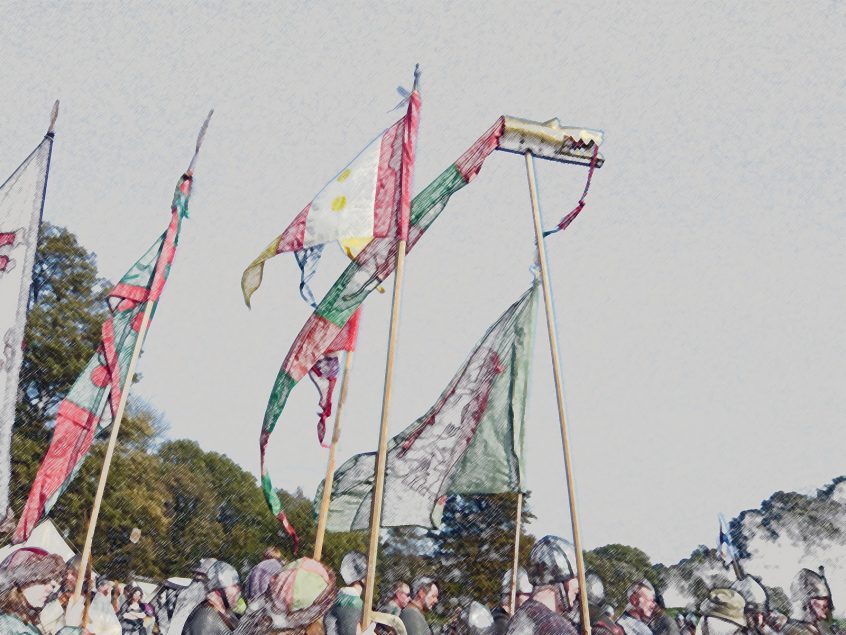This year is a special 1066 anniversary. Recently I was the co-ordinator for The Historical Novel Society Conference in Oxford. I also spoke on two panels, one of which was about medieval women. My angle was how life changed for women after the Norman Conquest as well as what happened to the noble Godwin women and other female survivors.
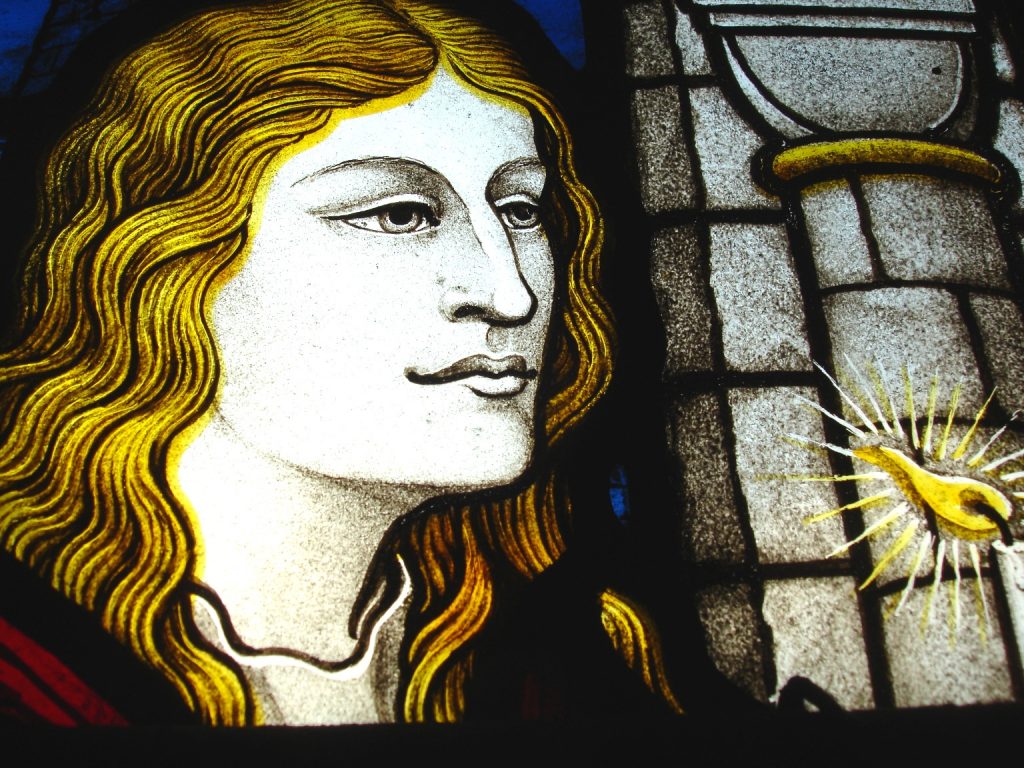
A major difference post Conquest was that women’s legal rights changed. We discover the earliest written law codes of the Germanic kingdoms (post Roman Empire) in the Anglo- Saxon law codes, found in Bede’s Ecclesiastical History, and made by Athelbert of Kent in the seventh century. They were written in the vernacular. In these we find that women may be abducted but cash payments settled the outcome. Sexual encounters were not condemned. They were priced.
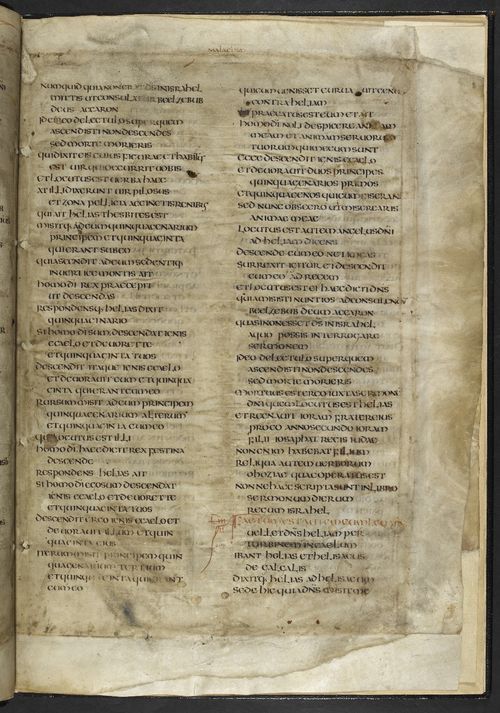
Many marriages of Anglo-Saxon women were political arrangements designed to establish connections. Interestingly, Anglo-Saxon women held land in their own right and wrote wills. My first medieval heroine, Edith Swan-Neck, King Harold’s handfasted wife was an heiress who owned land in Cambridgeshire, Suffolk, Essex and Kent. After Conquest, these lands reverted to the crown and most found their way into the possession of the Breton knight Alan of Richmond who abducted Gunnhild, Edith’s and Harold’s daughter, from Wilton Abbey- or did Gunnhild elope willingly with him? The abduction happened some years post Conquest. And, Count Alan was, after all an important personage, William the Conqueror’s second cousin. These lands made him very wealthy.
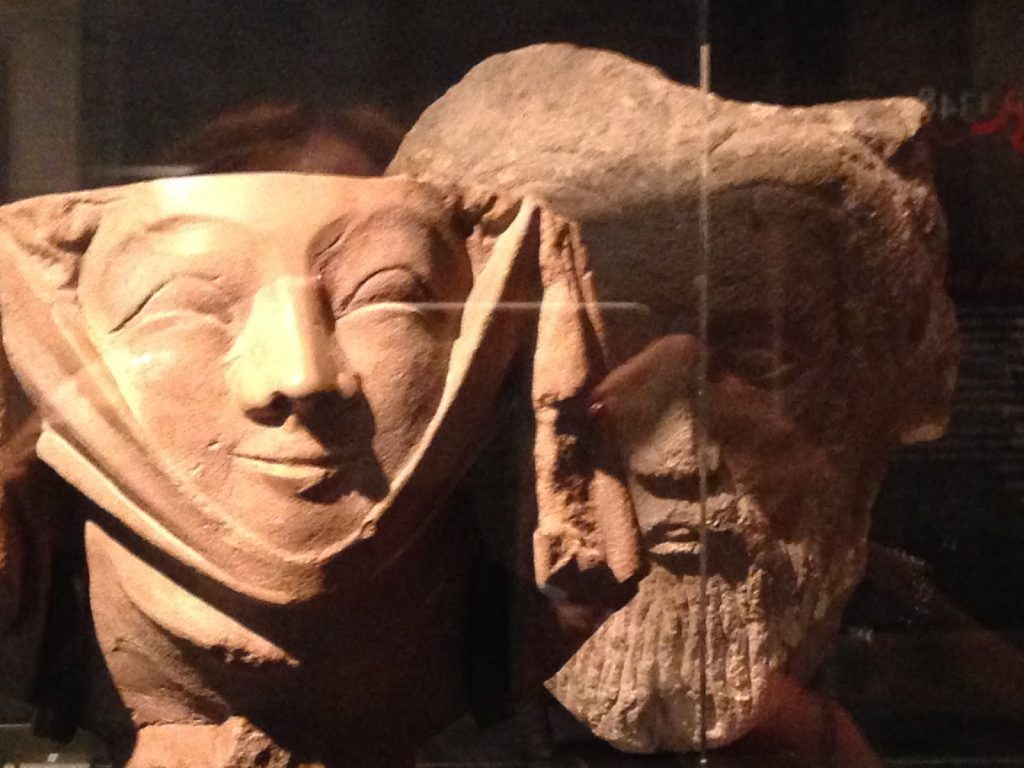
Women were a commodity before and after Conquest. In truth, pressure was always put on them to marry as their fathers and brothers wished but, at least, before Conquest they could own title to their own land. After 1066 women could be heiresses, but during the later twelfth century it became common to divide estates among heiresses from a family in equal shares. A price was fixed for an heiress and they became wards. Ward-ships were bought from the crown by rich and powerful barons. The girls married whom the guardian chose and he chose according to the best price and alliance offered. Women were passed on as property rather than owning it.
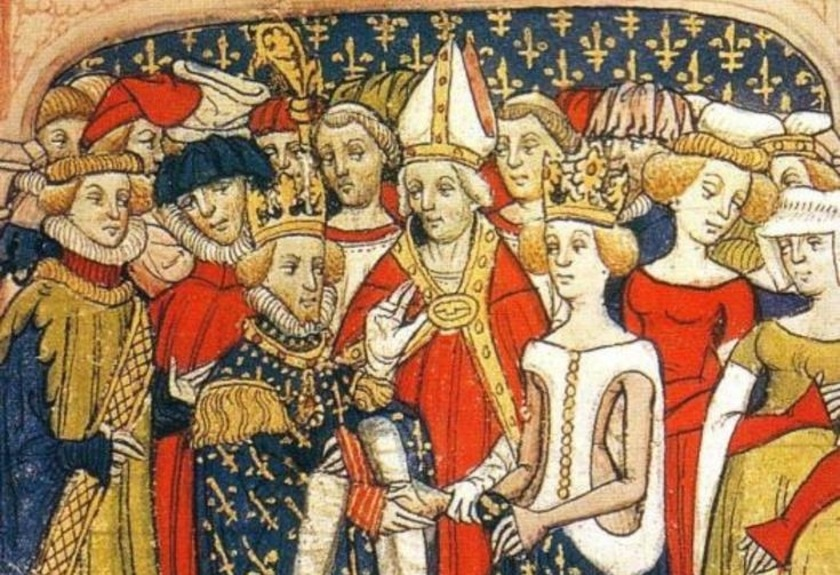
Primogeniture and a new attitude to illegitimacy are part of changes in inheritance that swept through Europe during the eleventh century. Children had not been barred from inheritance if they were illegitimate in Anglo- Saxon England. Illegitimacy was not even a bar to Kingship. After Conquest this changed. Being a woman was a bar to ruling in her own right. Henry I tested this. He chose his daughter Matilda to follow him as Queen but according to the deep seated notion of primogeniture and attitudes towards a queen in sole command, this was unacceptable and civil war followed. Matilda was never accepted as Queen. For a time her cousin, Stephen ruled, followed by her son, Henry II. Primogeniture dictated that the nearest eldest male son inherited, usually the eldest son, and he got all. He was responsible for his sisters’ dowries and his mother’s third portion. That left many second and third sons without inheritance. They became fighting knights or churchmen. Girls were given a dowry and a portion and forthwith married off.
The Church, which was the whole circumference of one’s whole world, personal and universal, during the Middle Ages, had a terrible attitude towards women. Either they were Eves dragging men into sin or they were Madonnas to be respected as nuns or mothers of children (born into wedlock of course).
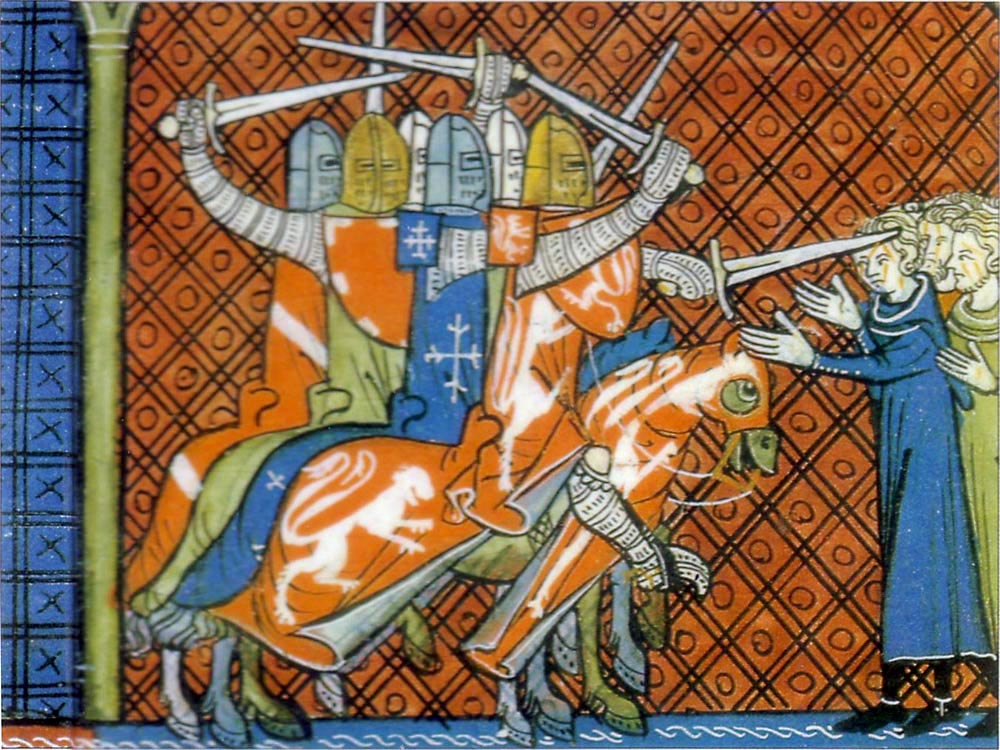
There was still a possible future for women, however, in the new Europe and in England during the medieval period. They did as widows inherit a third portion but they were soon married off again and lost that. If they were married to a tradesman in the increasingly growing towns during medieval times, they could follow his trade. Most wives of tradesmen were involved in their husbands’ businesses in any case. Some guilds accepted them but it was still hard to survive as a trader in a man’s world.

It was not until the sixteenth century that a queen ruled England and the second Tudor queen ( not counting Lady Jane) was one of the greatest monarchs who has ever ruled England.
